When the midnight sun hovers over Swedish meadows in late June, a peculiar ritual unfolds across the country—the ceremonial opening of bulging, fermented herring cans that release an aroma often compared to rotting garbage and gym socks. This is surströmming, Scandinavia's most notorious culinary tradition and the centerpiece of Midsummer celebrations.
More than just preserved fish, these fermented Baltic herring represent a 500-year-old preservation method that divides opinion like no other food—revered by locals as a cultural treasure while infamous globally as one of the world's most challenging dishes. From rural backyard parties to urban daring-food challenges, surströmming continues to provoke, fascinate, and unite Swedes in their love for this acquired taste.
The Science of Controlled Rot
Surströmming's unique character begins with meticulous fermentation. Fresh spring-caught Baltic herring are soaked in a weak brine solution just long enough to prevent putrefaction while allowing lactic acid bacteria to work their magic. Packed in barrels for weeks, then canned to continue fermenting for months, the fish undergo enzymatic breakdown that transforms firm flesh into a soft, umami-rich paste.
The process creates over 100 volatile compounds, including propionic and butyric acids—the same molecules that give Parmesan and vomit their distinctive smells. This biochemical ballet must be perfectly timed; too little fermentation lacks depth, too much becomes inedible. Master producers in northern coastal towns like Skeppsmalen judge readiness by the tin's bulge—the pressure from carbon dioxide signaling ideal fermentation—and a complex aroma that old-timers describe as "the perfume of the sea."
The Midsummer Ritual
No Swedish Midsummer table is complete without the surströmming ceremony. Held outdoors to mitigate the powerful odor, the ritual follows strict protocol: cans are opened underwater to contain initial gaseous release, then served on crispbread with accompaniments designed to balance the intensity. Thinly sliced almond potatoes provide mild sweetness, red onions add sharpness, and sour cream tempers the fish's saltiness.
The most traditional preparation, "surströmmingsklämma," sandwiches the fish between two pieces of tunnbröd (flatbread) with all fixings—a package meant to be eaten upside down to prevent juices from dripping. This communal eating experience bonds participants through shared sensory assault and acquired appreciation, with veterans guiding newcomers through the ordeal with knowing smiles and snaps of aquavit.
The Flavor Behind the Stench
Beneath its infamous reputation lies surprising subtlety. Well-prepared surströmming offers a complex umami profile reminiscent of aged soy sauce or blue cheese, with a creamy texture not unlike paté. The initial saltiness gives way to nutty, almost mushroom-like undertones, while the lingering aftertaste carries a pleasant metallic tang from the iron-rich Baltic waters.
Connoisseurs distinguish regional variations—northern versions tend to be firmer and more acidic, while southern producers favor a softer texture with rounder flavors. When balanced with the traditional accompaniments, the overall effect is rich and satisfying rather than purely aggressive, though the uninitiated often miss these nuances beneath the overwhelming first impression.
Historical Survival Food
Surströmming's origins trace to 16th-century Swedish fishermen preserving their catch without expensive salt. The fermentation process, likely discovered accidentally, became crucial for surviving long winters when fresh food was scarce. During Sweden's "stormaktstiden" (Great Power period), barrels of surströmming provisioned armies and navies.
The tradition persisted through famines and wars, becoming ingrained in national identity—a symbol of resourcefulness and connection to the Baltic coast. Today's artisanal producers still use ancestral methods, with families like the Östmans in Ulvön Harbor maintaining techniques unchanged since 1622. This living history makes each can not just food, but an edible museum piece preserving centuries of maritime heritage.
The Global Shock Phenomenon
Internet challenges have magnified surströmming's infamy, with viral videos showcasing dramatic gagging reactions. Airlines ban it as hazardous material, and German courts once classified it as a "nuisance" after a landlord dispute. This notoriety overshadows its cultural significance, reducing a nuanced tradition to mere shock value.
Yet the attention has also sparked curiosity, with adventurous food tourists making pilgrimages to Sweden for authentic experiences. Restaurants like Stockholm's "Sjömagasinet" now offer guided tastings, educating visitors on proper appreciation beyond the initial olfactory assault. The dichotomy between local reverence and global revulsion makes surströmming a fascinating case study in cultural relativism and culinary prejudice.
The Art of Eating
Mastering surströmming consumption requires technique. Swedes approach it with the precision of sushi chefs—removing backbone and skin to access the best meat, using butter knives to spread the soft flesh evenly. The first small bite acclimates the palate, followed by quick sips of milk or beer to neutralize salt. Seasoned eaters savor the aftertaste, where the fish's complexity truly emerges. Timing matters too; cans opened in early summer offer milder flavors, while autumn openings deliver more intense experiences. This ceremonial approach transforms what could be crude consumption into a practiced art form, elevating the meal beyond its challenging exterior.
Ecological and Health Considerations
Surströmming's production aligns with sustainable food movements. Baltic herring stocks remain robust, and traditional fermentation requires no artificial additives or energy-intensive processes. Nutritionally, it's packed with omega-3s, vitamin D, and probiotics—benefits that explain its historical role in combating northern vitamin deficiencies. Modern research even suggests compounds formed during fermentation may have anti-inflammatory properties. As global food systems seek climate-friendly protein sources, surströmming offers lessons in preservation without refrigeration—though scaling up production would require overcoming its formidable reputation barrier.
Contemporary Interpretations
Young Swedish chefs are reimagining surströmming for new generations. Michelin-starred "Gastrologik" serves a delicate mousse version, while food trucks offer "surströmming tacos" with lingonberry salsa. Home cooks incorporate small amounts into pasta sauces or smörgåsbord canapés, tempering its intensity. The most innovative approach comes from distilleries like "Hernö Gin," which crafts a surströmming-infused spirit that captures the fish's essence without overwhelming pungency. These modern takes aim to bridge tradition and accessibility, preserving cultural heritage while making it approachable for the unconverted.
Preserving the Tradition
With younger Swedes consuming less surströmming, enthusiasts are taking action. The annual "Surströmmingspremiär" festival educates visitors on proper appreciation. Small producers like "Rökeriet i Ulvön" offer fermentation workshops, demonstrating how salt concentration and temperature affect outcomes. Culinary schools have added surströmming pairings to curricula, exploring how aquavits and sour beers complement its flavors. Even Sweden's emigration museums showcase surströmming tins as symbols of what homesick expats crave most—proof that this challenging flavor carries deep emotional resonance beyond its divisive aroma.
Surströmming embodies the Swedish concept of "lagom"—the idea of just the right amount. Its power lies in balance: between preservation and putrefaction, tradition and innovation, revulsion and addiction. To experience it properly is to understand Sweden itself—a nation that thrives on contrasts between bright Midsummer joy and dark winter resilience, between modern progress and stubborn adherence to tradition.
The next time you see that swollen can at a Swedish table, don't just hold your nose; consider the centuries of history, the precise science, and the cultural pride contained within. For those brave enough to move past initial impressions, surströmming offers not just a meal, but a revelation—that sometimes the world's most challenging flavors yield its richest rewards.
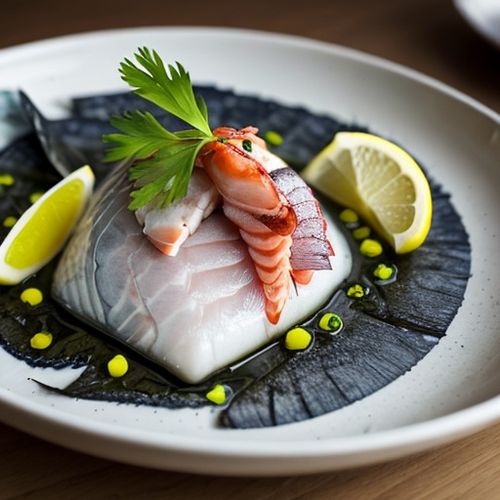
By James Moore/Mar 29, 2025

By Noah Bell/Mar 29, 2025
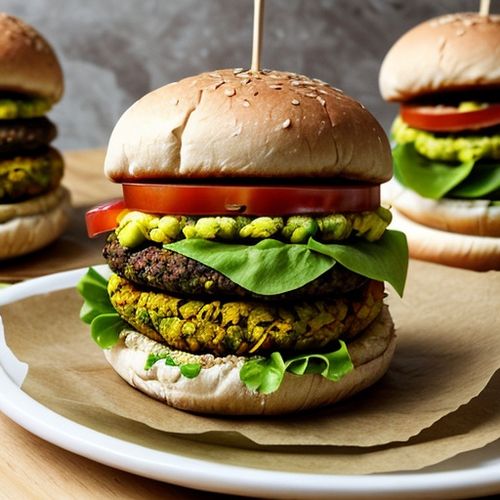
By Ryan Martin/Mar 29, 2025
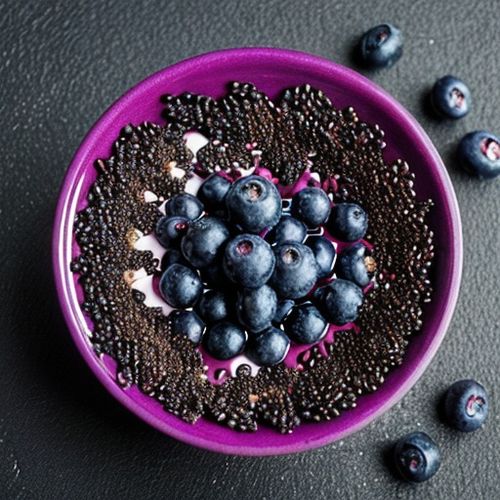
By Sarah Davis/Mar 29, 2025
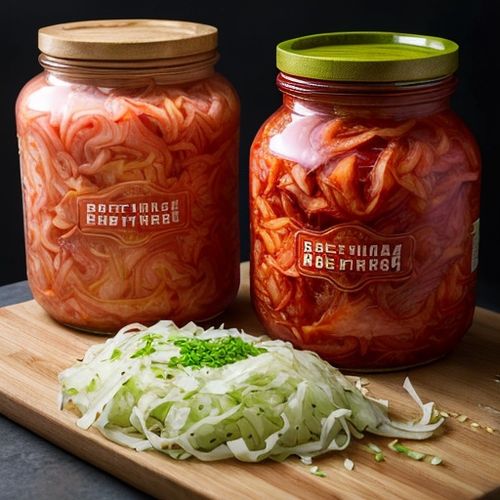
By William Miller/Mar 29, 2025

By Lily Simpson/Mar 29, 2025
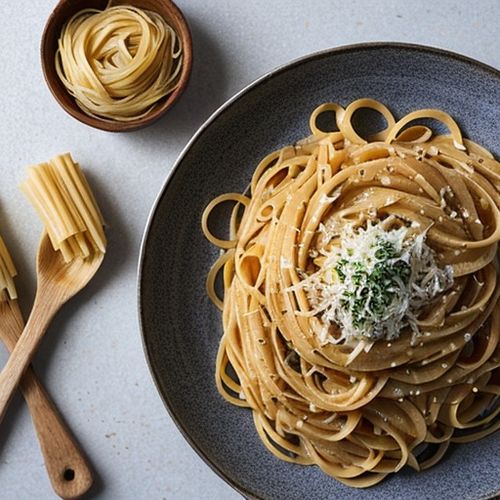
By William Miller/Mar 29, 2025
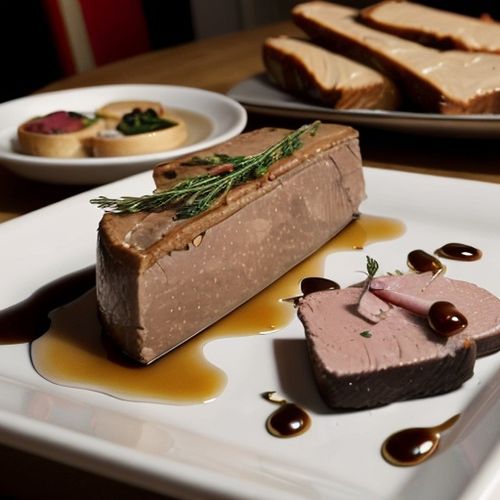
By Rebecca Stewart/Mar 29, 2025
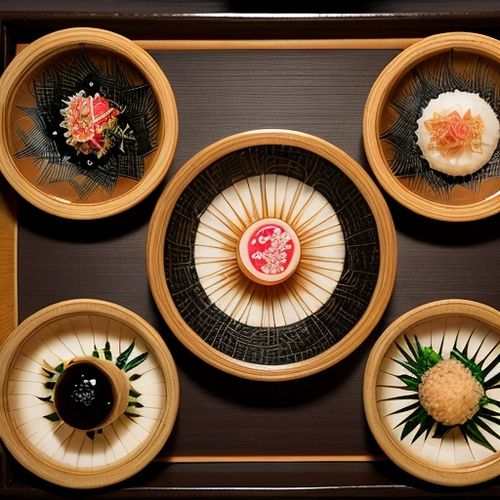
By Joshua Howard/Mar 29, 2025
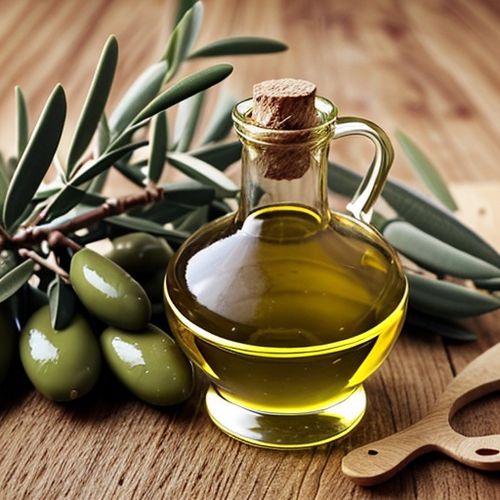
By Emily Johnson/Mar 29, 2025

By David Anderson/Mar 29, 2025

By Thomas Roberts/Mar 29, 2025

By Jessica Lee/Mar 29, 2025

By Amanda Phillips/Mar 29, 2025
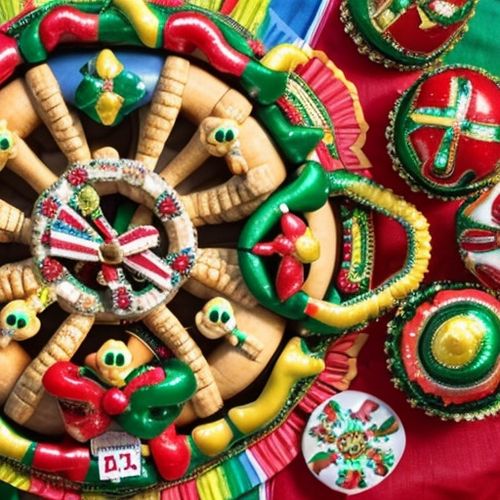
By Sophia Lewis/Mar 29, 2025

By Laura Wilson/Mar 29, 2025

By Emma Thompson/Mar 29, 2025

By Samuel Cooper/Mar 29, 2025
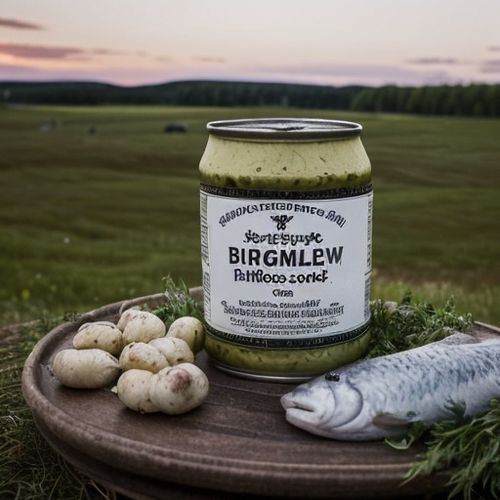
By Olivia Reed/Mar 29, 2025
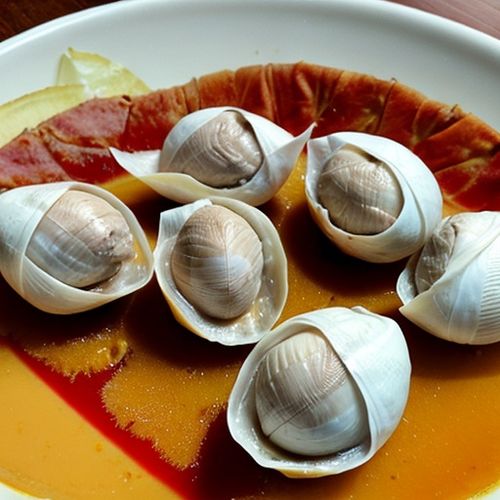
By Noah Bell/Mar 29, 2025